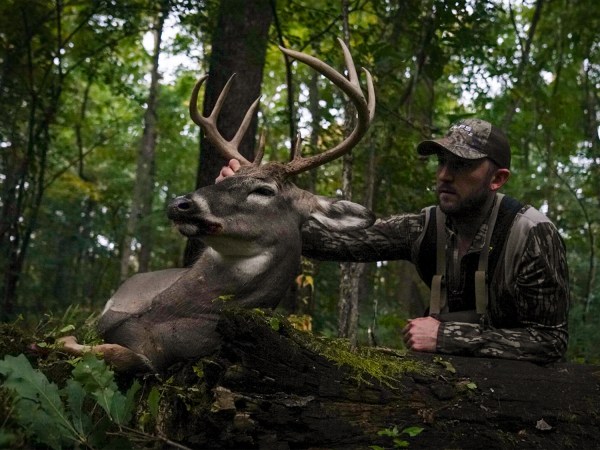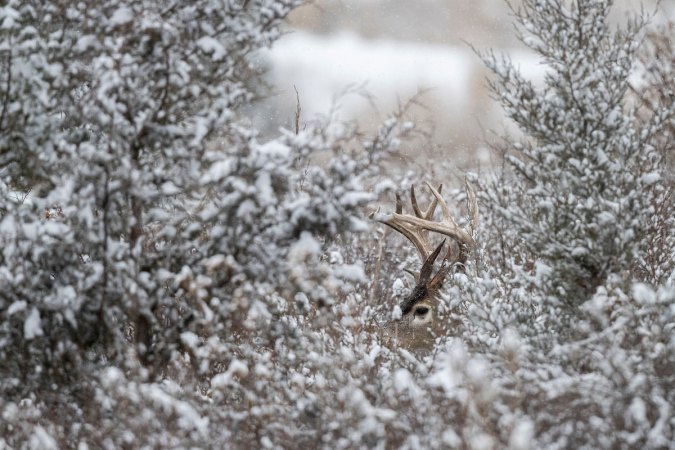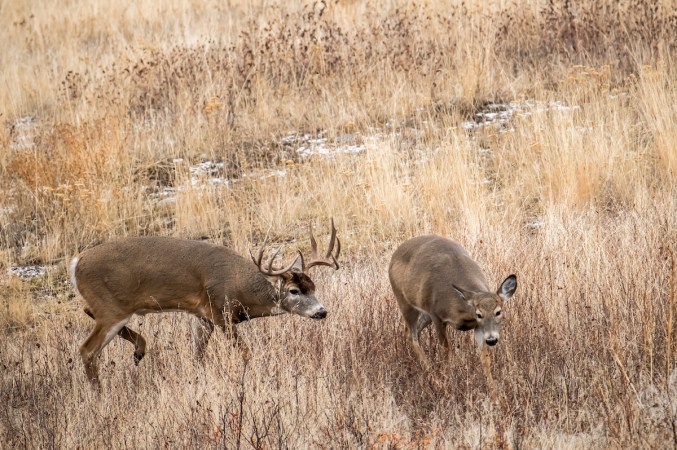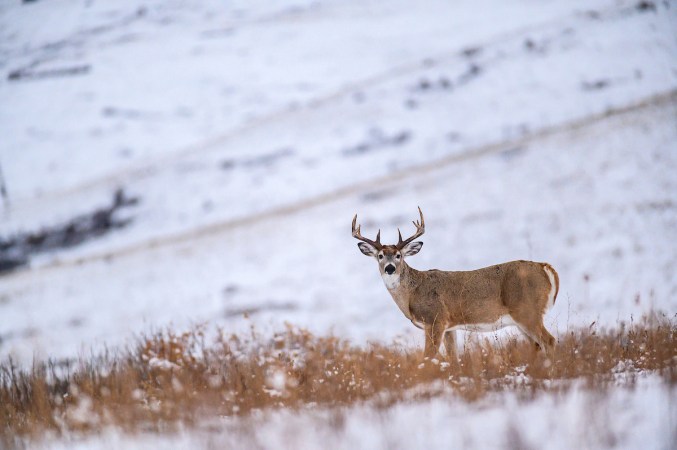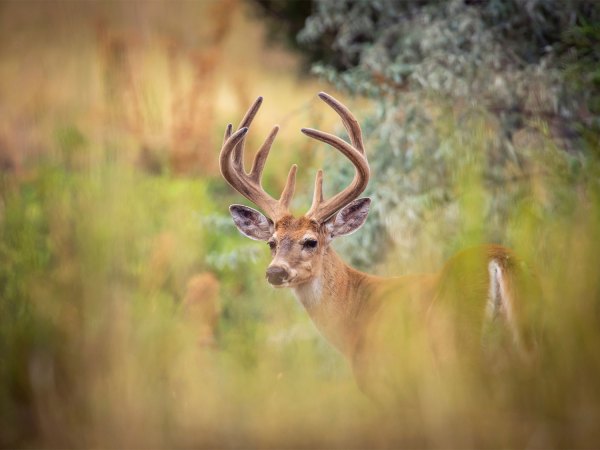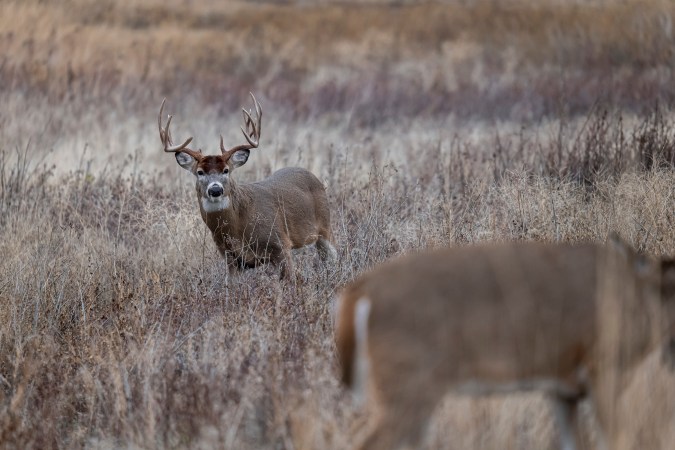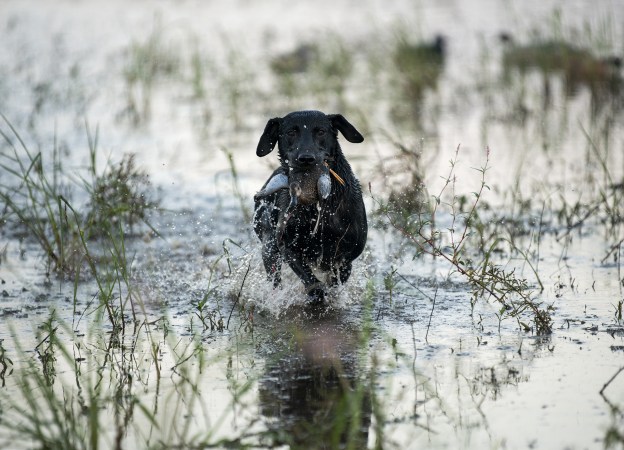A flash in the spruce. The glint of an antler beam thick as an axe handle. When you peek a 170-inch rack, there’s no need to glass, you just know. I leveled my .30-06 and pressed the trigger, the concussion of the shot was deafening in the Canadian stillness.
I walked to the buck and wrapped my hands around the wonderful antlers, tall and heavy, points all over. I pushed up my sleeve and checked my watch: 1:28 p.m.
This was the fifth whitetail that scores more than 160 inches that I have shot between noon and 2:30 pm during a full moon. And it’s just one more example of why I tailor many aspects of my hunts in late October and especially November around the moon phases, and why I believe you should too.
Moon Phase Critics
I must first mention that there is a line of deer biologists, some of whom I know and respect greatly, a country mile long who disagree: What you talking about man, the moon has no effect on the rut!
But the most open-minded of these researchers will reluctantly admit that the timing of daily deer movement can fluctuate slightly within the four major moon phases.
One thing I know for certain from a lifetime of chasing big deer across North America: There are no absolutes for killing mature bucks. But if a certain moon phase gives me even a slight advantage, I’ll take it.
Lunar Illumination and the Early Years
The late Charlie Alsheimer was a giant in the deer-hunting world who wore many camo hats: whitetail behaviorist, photographer, writer, expert hunter. In the early 1990s he began producing his Whitetail Calendar, with predictions on how whitetails in central and northern regions would rut each fall based on environmental cues like weather, barometric pressure, and the moon’s illumination. I was a young, green, energetic meat hunter then, and I read everything I could get my hands on about deer. Alsheimer’s annual lunar calendar and rut predictions became wildly popular with hunters. I jumped right in and ate it up.
At the time, I was just starting out as an editor-writer for a major hunting magazine, which sent me on their dime to hunt in 5 or 6 states and a Canadian province or two each year. It was the opportunity of a lifetime to compare and cross-reference different deer behavior and hunting theories against my field observations and notes.
As the seasons passed, I started to notice some consistencies in Alsheimer’s theories and what I was seeing with my own eyes and documenting in the woods. I saw no absolutes, but I did see enough similarities to monitor and investigate further.
Moon Theories
Alsheimer had a couple of assumptions about lunar influence on the deer rut. First, in a year when the hunter’s moon rises full in mid-October and the “rutting” moon hits 30 days later in mid-November, like we experienced last season, expect a “trickle rut.” The theory goes that some adult does cue off the bright moon and pop into estrous in late October, and a second batch of females come into heat later around the 100 percent illumination phase in mid-November. In between for days or weeks, the daytime movement of bucks seeking and chasing does peaks and ebbs.
I find it difficult to predict deer movement with any real consistency in a fall with trickle rut. But I am a believer in Alsheimer’s observations about how a full moon in early to mid-November exposes rutting activity. The rut guide I provide on my site (bigdeer.com) season was spot on based on these moon phase observations last year.
“When a doe’s estrogen level peaks, a buck’s testosterone peaks and the full moon happens all at the same time on November 1…it’s the best rut,” Alsheimer wrote in Deer and Deer Hunting magazine some three decades ago. When the moon waxes to full a week or 2 later, from say November 6 to November 13, Alsheimer believed you’ll likely see a mid-November rut and “it’s going to be great.”
I track things toward the end of that timeline. To me, the best and most visible rut occurs in a year when the full moon hits from November 7 to November 12, give or take a day or two. The moon’s intense illumination exposes the hard-pre rut when bucks seek and chase, and overlaps the start of the peak breeding period.
One of the most fascinating things I’ve learned in the woods over the years is that many old, heavy-racked giants move in daylight for only two or three days each hunting season. Four of five biggest bucks I have ever shot fell during a full-moon phase the second week of November. That’s why I’m excited for this year’s rutting moon on November 8. You’ll find advice for hunting that moon and the surrounding phases in part 2 of this series (which we’ll publish on Monday, September 26.
A decade ago, seeking another opinion on my ever-developing moon theory, I began corresponding with Mark Drury, one of the most knowledgeable and free-thinking hunters in the modern whitetail world. The more Drury and I have texted from treestands about deer movement we’re seeing during specific weeks of the season, the more it has become obvious that our moon theories mesh quite a bit. My friend and the outdoor TV star opened my eyes to the position of the moon when visible in the sky.
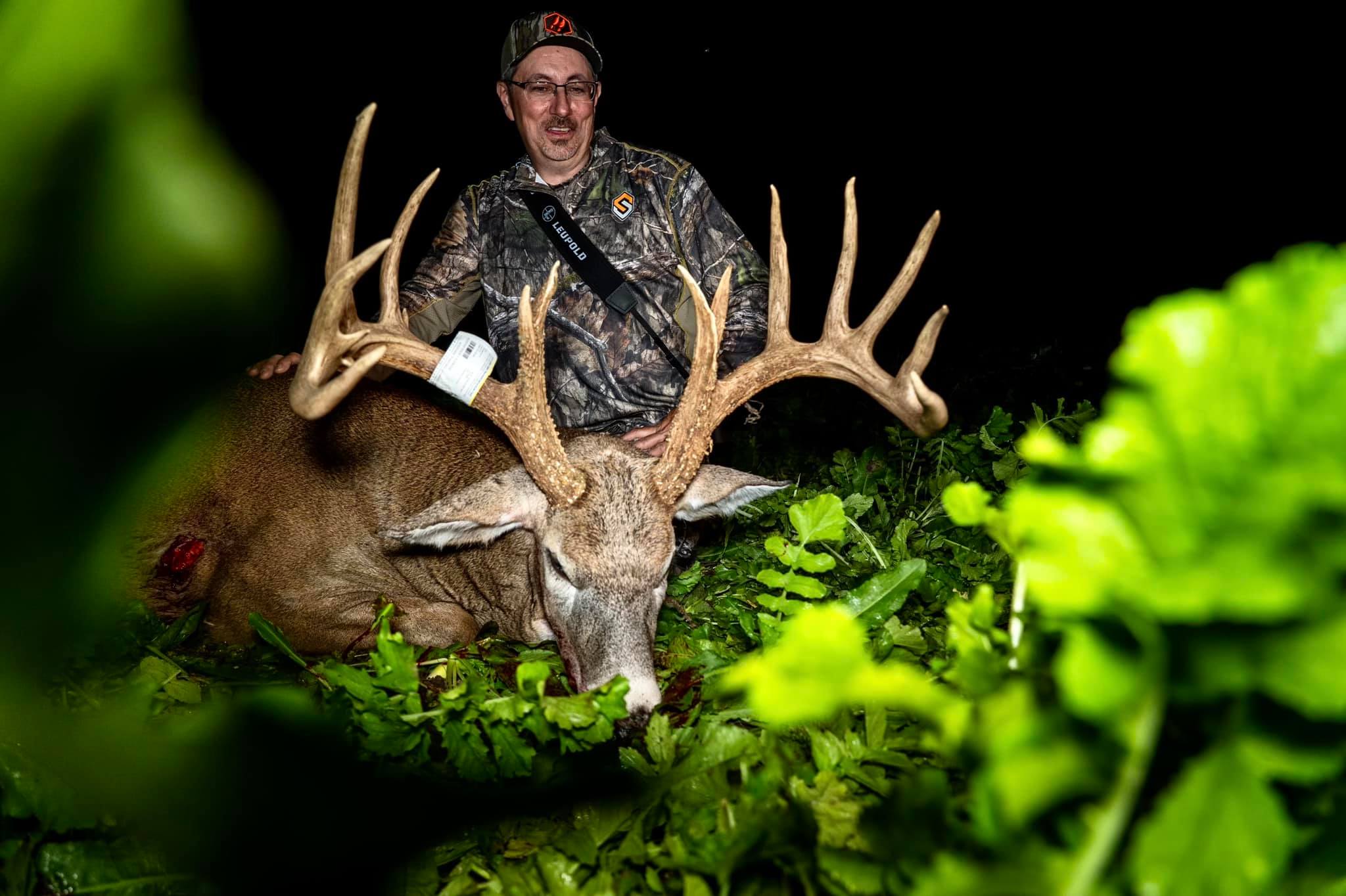
“I love the full moon period, the five days that precede it, and the five days that follow it,” Drury says. On the waxing gibbous days that build up to the full moon, as illumination gradually increases, Drury focuses on afternoon hunts around fields and food plots.
“That’s when the moon is rising and often visible until about 5 p.m., and when we typically see the best deer movement,” he explains. As the moon fades to the waning gibbous days after full illumination, he finds the best deer activity switches over to mornings, when the moon is visibly setting.
Moon Phase Science
Mark Drury is not a biologist, and neither am I. However, Marcus Lashley is a scientist, and he led a study at North Carolina State that examined lunar influence on whitetail movement. His team of researchers tracked GPS-collared deer throughout the four major moon phases, and analyzed text messages sent from the collars to determine when the animals moved the most, and the least. For years I have cross-referenced the study’s findings with my field notes, and have discovered some common ground that has expanded my moon strategies even more.

Whitetail deer are crepuscular animals, meaning they are most active at dawn and dusk, regardless of weather, moon phase or any other environmental factor. The researchers’ data confirmed this, but the intensity of deer movement within each moon phase did change slightly.
“We saw a large peak of movement at daylight during the new moon, and below average activity the rest of the day,” Lashley noted. This jives with my experience, especially when bowhunting the pre-rut in late October into early November. As a rule, I see twice as many deer in the early mornings than in the afternoons when the moon is dark.
The study found that during the first-quarter, when the moon is 90 degrees away from the sun and half-illuminated, deer move less on average throughout the day than in all the other phases. One researcher said, “That would be a good week to work.”
I part ways with the science here, especially when the first-quarter occurs around Halloween and the first days of November. Many giant bucks are killed across the country every year during this seeking phase of the rut. It’s a good week to take off work any year, no matter the moon.
As for a full moon in November, the study confirms my best hypothesis.
“A common misconception is that deer can see better at night because it’s brighter when the moon is full… But according to our data, they move less on average at night during a full moon and more during the middle of the day.”
Do you hunt the last couple hours of daylight after work? Check a moon chart each year and zero in on the last-quarter and the five waning crescent days that follow. The NC State scientists found the last hour of daylight during the last-quarter moon to be “the most extreme deer movement we saw during the entire study.”
When Conditions Come Together
A passage Charlie Alsheimer wrote 30 years ago sticks with me: “Weather, barometric pressure, light intensity, both sun and moon… Although each can trigger or suppress deer activity on its own, it’s when they work together that they have the most noticeable effect.”
Man, so true, especially in regards to weather and moon. Alsheimer felt both does and bucks move best when the daytime high is around 45 degrees. Mark Drury is adamant that if a cold front sweeps through your hunting area when the moon is full, deer activity will be phenomenal.
I find that when day and night temperatures are unseasonably warm in late October and mid-November, a very common occurrence these days, the heat can suppress any noticeable effect of the moon on deer movement. It’s when temperatures are seasonal or, better yet, 10 to 25 degrees cooler than average that the moon phases can give you a slight advantage during the rut.
Coming soon in Part II, advice on hunting the rut this season according to the 2022 moon phases.
Michael Hanback has hunted whitetails across the United States and Canada for more than 30 years. He is a longtime contributor to Outdoor Life, and the host/producer of Big Deer TV on the Sportsman Channel. Read more of his writing at BigDeerBlog.com and follow him on Instagram at @bigdeertv.



